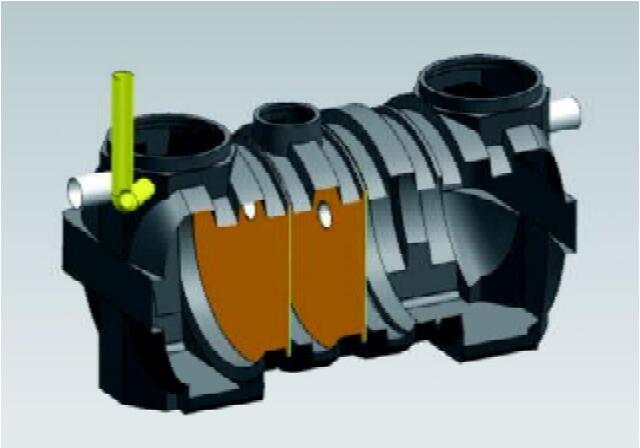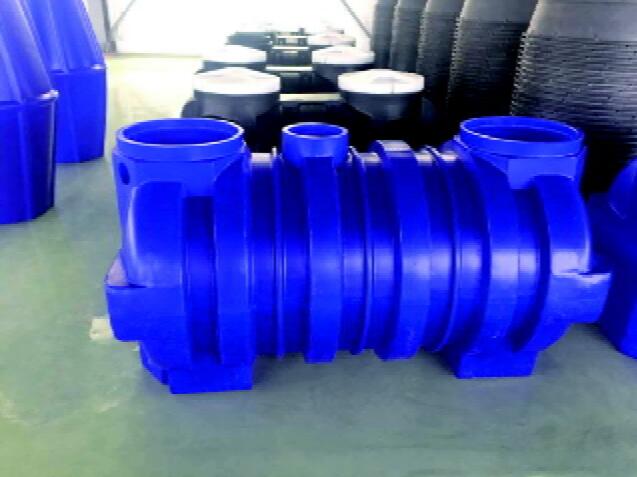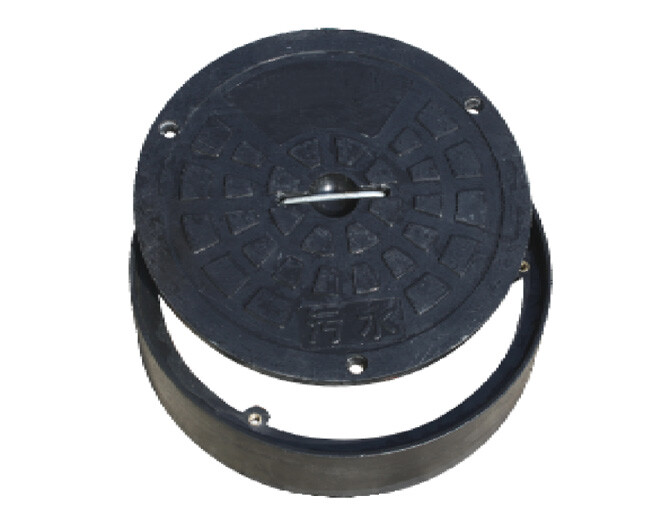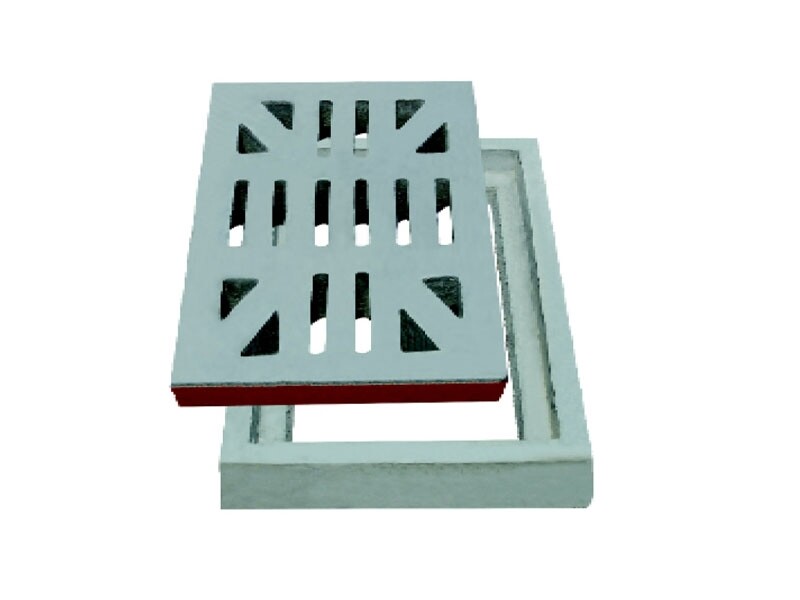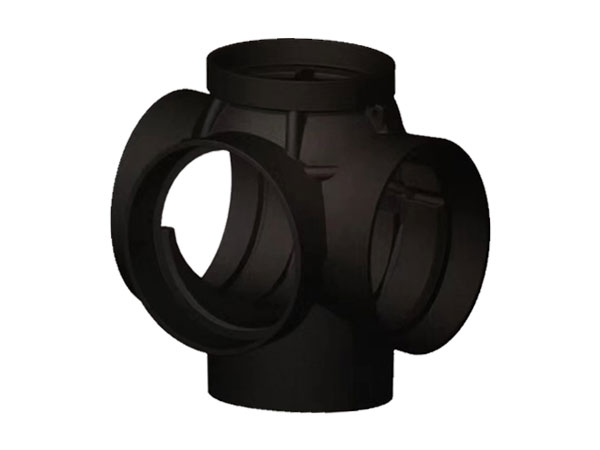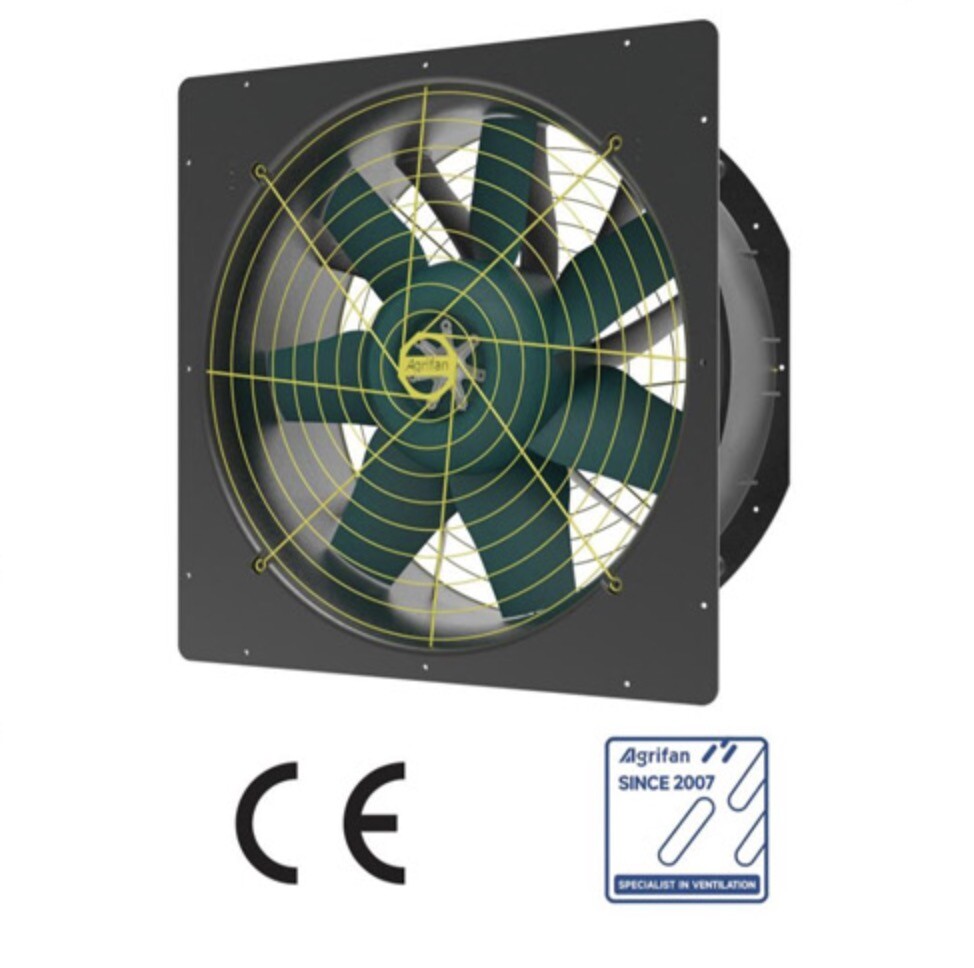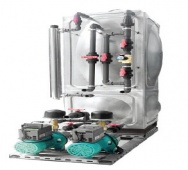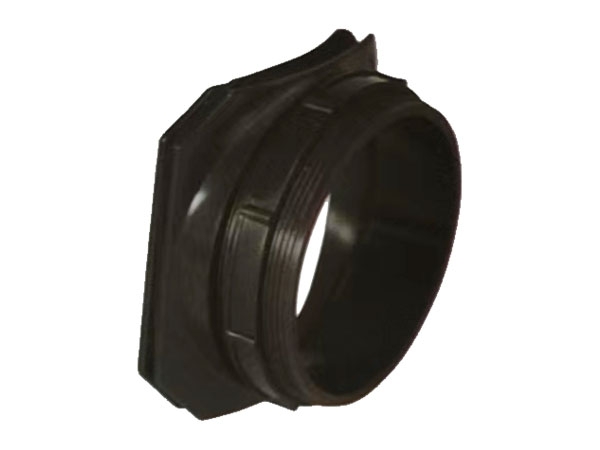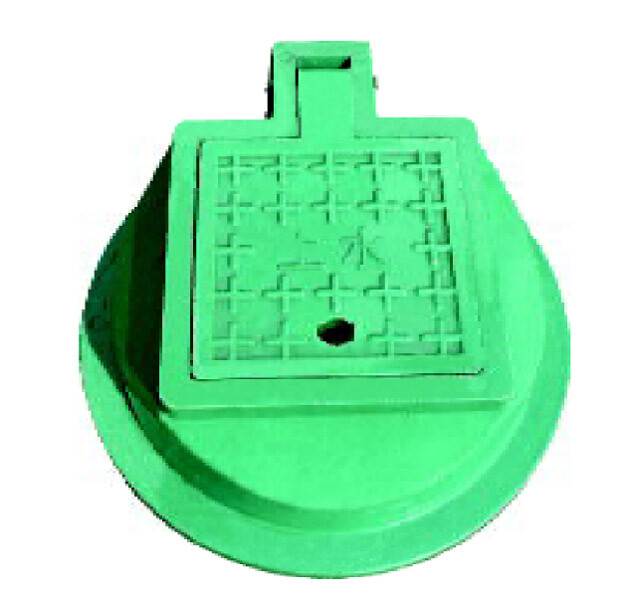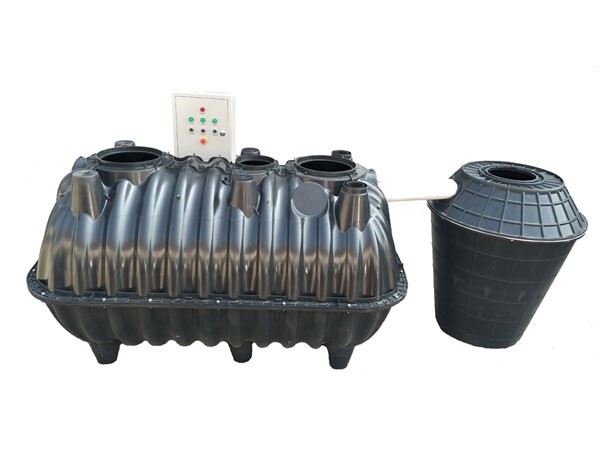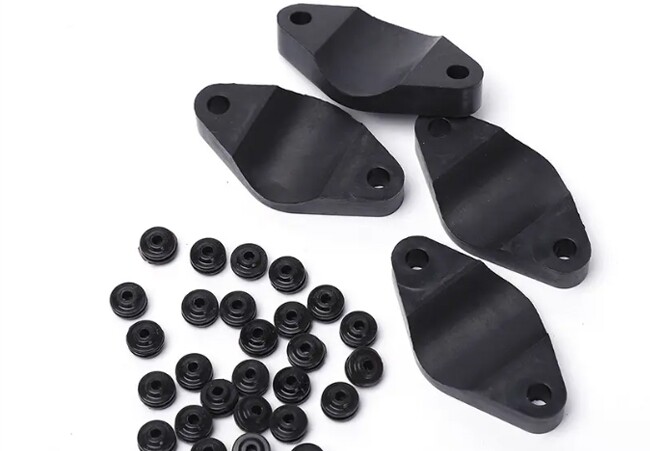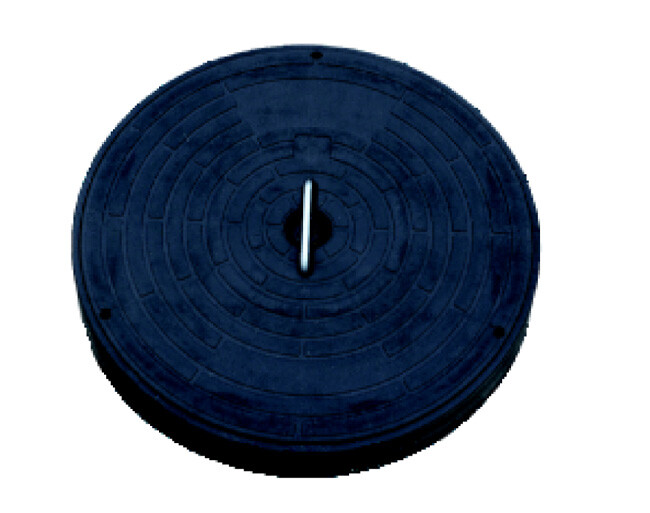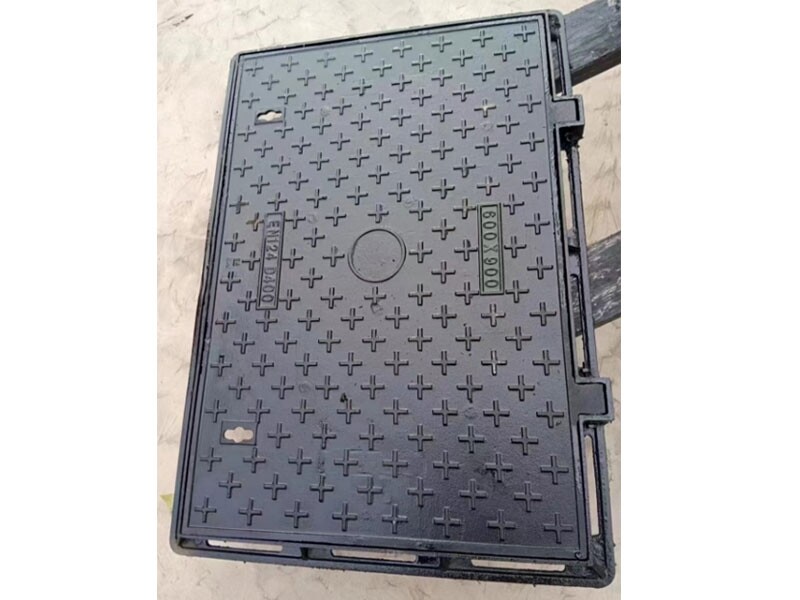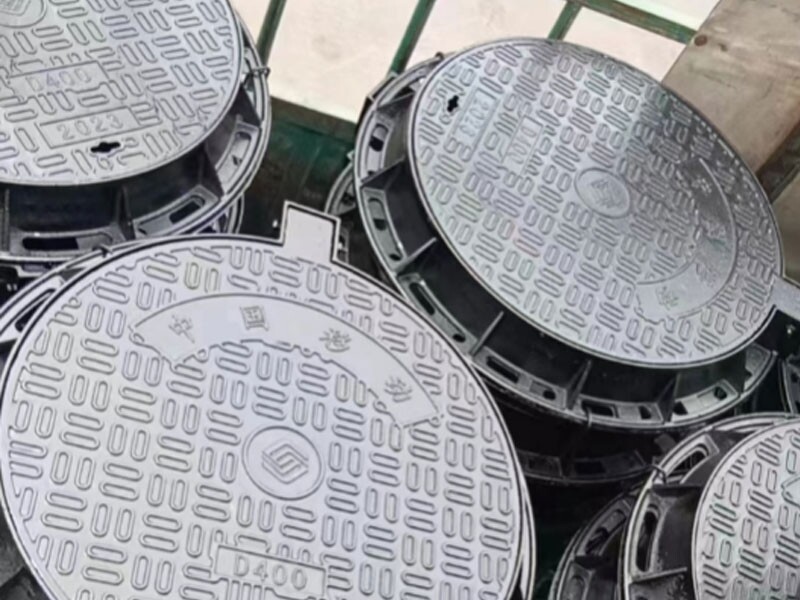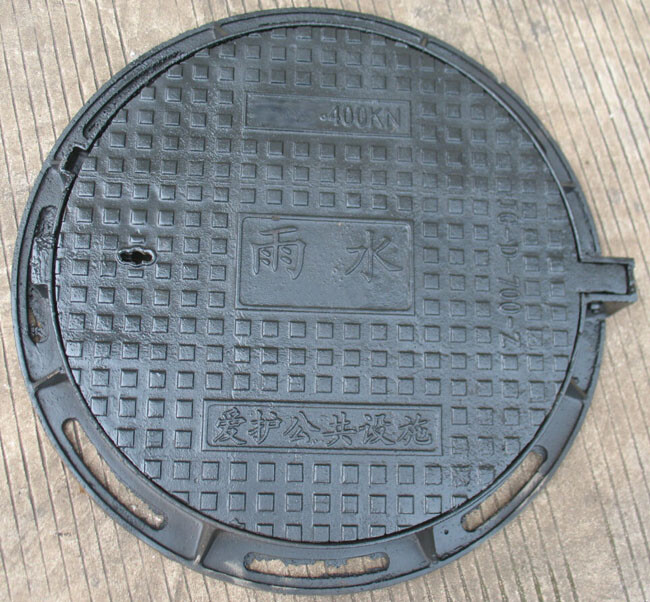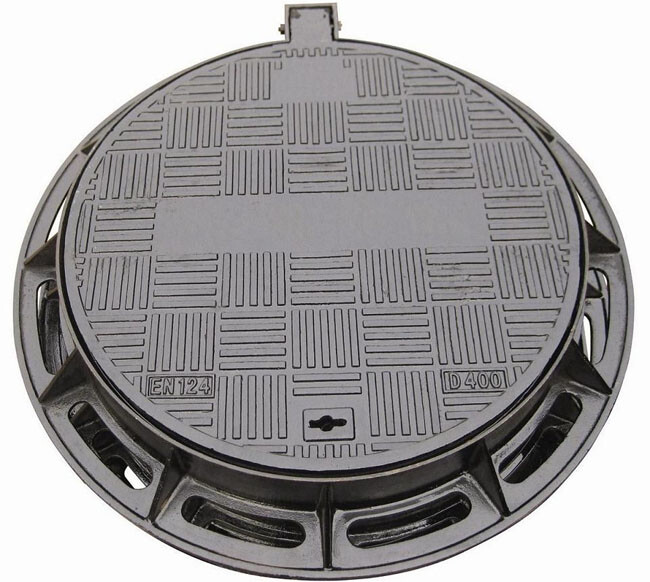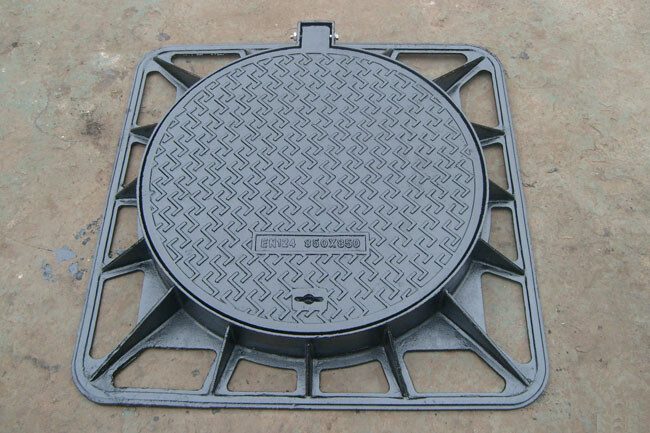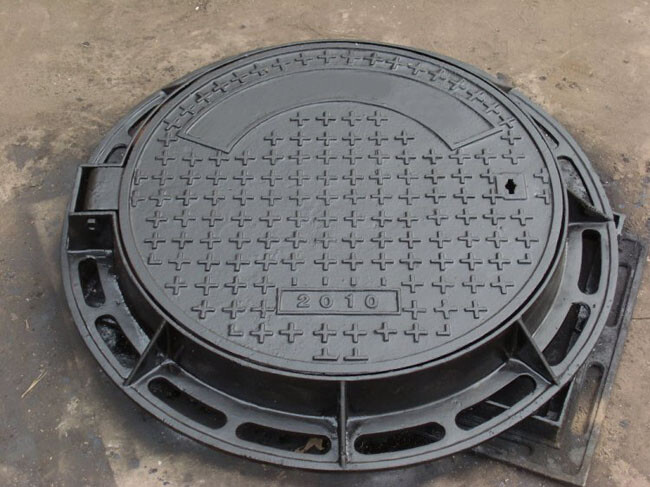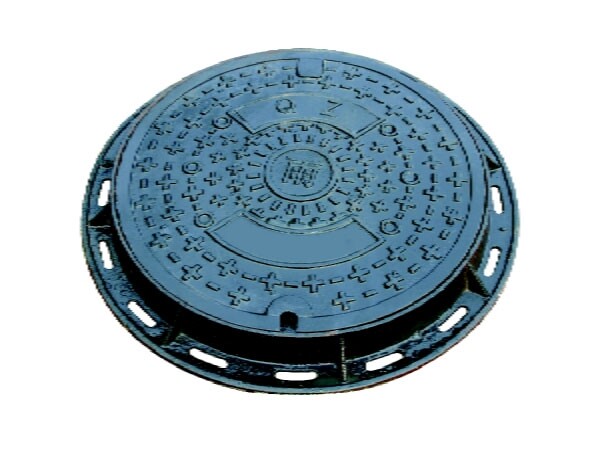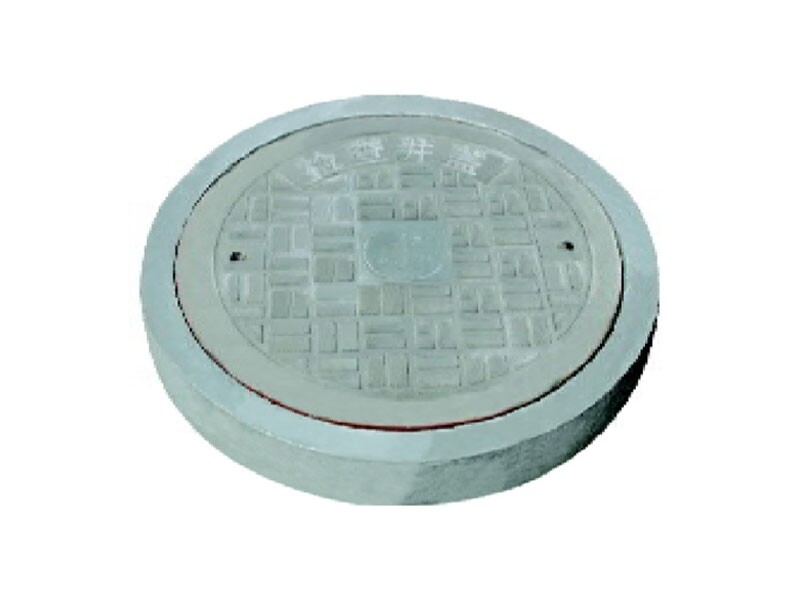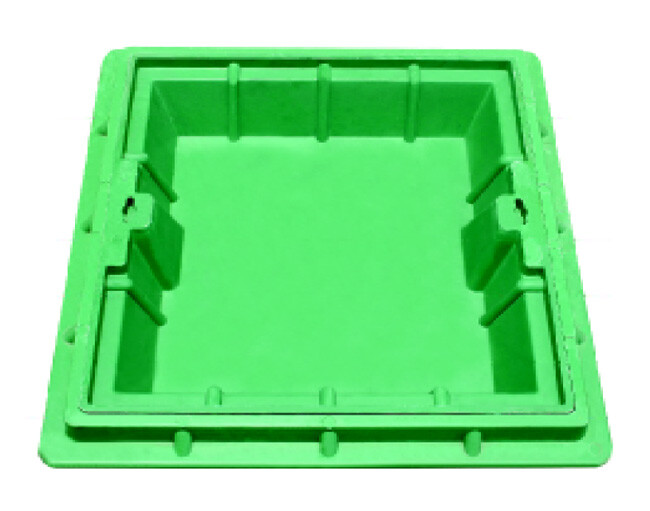The basic structure and principle of the integrated rotomolded three-chamber septic tank:
1. The sedimentation and decomposition area precipitates domestic sewage. Substances with higher specific gravity sink to the bottom of the pool for septic treatment, while those with lower specific gravity float on the upper surface of the water and can be fished out from the cleaning port. At the same time, the wastewater produces a fecal-stripping effect, which degrades some of the complex and difficult-to-decompose organic matter into easily decomposable substances.
2. The baffle area converts the direct flow water into circulating water, which increases the retention time of sewage in the tank, allowing the sewage to stay in contact with the sediment sludge in the tank for a longer time, producing more microorganisms to decompose and consume the sewage.
3. The filter treatment area adopts advanced domestic and foreign biofilm treatment technology. After a certain period of cultivation, a large number of microorganisms multiply on the filter surface to form a biofilm. The sewage contacts the biofilm on the filter surface, and the organic matter is intercepted, adsorbed and decomposed by the microorganisms to achieve sewage purification.
Key Features:
1. Volume 1.0-1.5m3, in line with the standard of "Q/SWY011-2015 Three-compartment Septic Tank". The distribution ratio of the three compartment volumes is 2:1:3
2. Optimized structural design, mature process technology, high product strength, acid and alkali resistance, and corrosion resistance.
3. One-step rotational molding eliminates the need for two-body docking, thus solving the problem of leakage.
4. Save labor and time, and the service life can reach more than 50 years.
Installation Instructions:
1. Dig a rectangular pit with a length of 2 meters, a width of 1.4 meters, and a depth of 1.2 meters, and use 50mm concrete as a cushion layer.
2. Lay the three-compartment septic tank horizontally, connect the septic pipe and the exhaust pipe. The exhaust pipe should be 20-50cm higher than the toilet house.
3. The backfill soil should be half dry and half wet, and compacted layer by layer until the ground is level to prevent the urn from collapsing or tilting. The backfill should be done in two steps: the first backfill is half to 0.6m deep, and a small amount of water is sprinkled to compact and level it, and then the second backfill is done until the ground is level. The three top outlets are 5-10 cm above the ground, and the outlet cover is reinforced with cement mortar to prevent seepage and fix it.
4. The toilet should be installed parallel to the left and right, and the front should be higher and the back should be lower (5° inclination) to ensure that no water accumulates after flushing. The distance between the back end of the toilet and the wall should be between 20-25cm. In cold areas, an insulation layer should be added to the outside of the toilet. First, compact the area around the squat toilet with fine sand, and then level it with 2 cm cement mortar.
5. When installing the water storage bucket, ensure that the outlet pipe is placed naturally. It is not suitable to lay it in an S shape to prevent water from accumulating and freezing. The water storage bucket should be placed behind the toilet. When installing the indoor water storage bucket, the bucket cover should be 10 cm below the ground. The bucket cover can be covered with insulation material. When backfilling, the water storage bucket should be filled with water first, and then filled with soil and compacted.
Product Center
Leave a Message Online
Leave a Message Online
*We respect your privacy and are committed to protecting it by adhering to our Privacy Policy.


